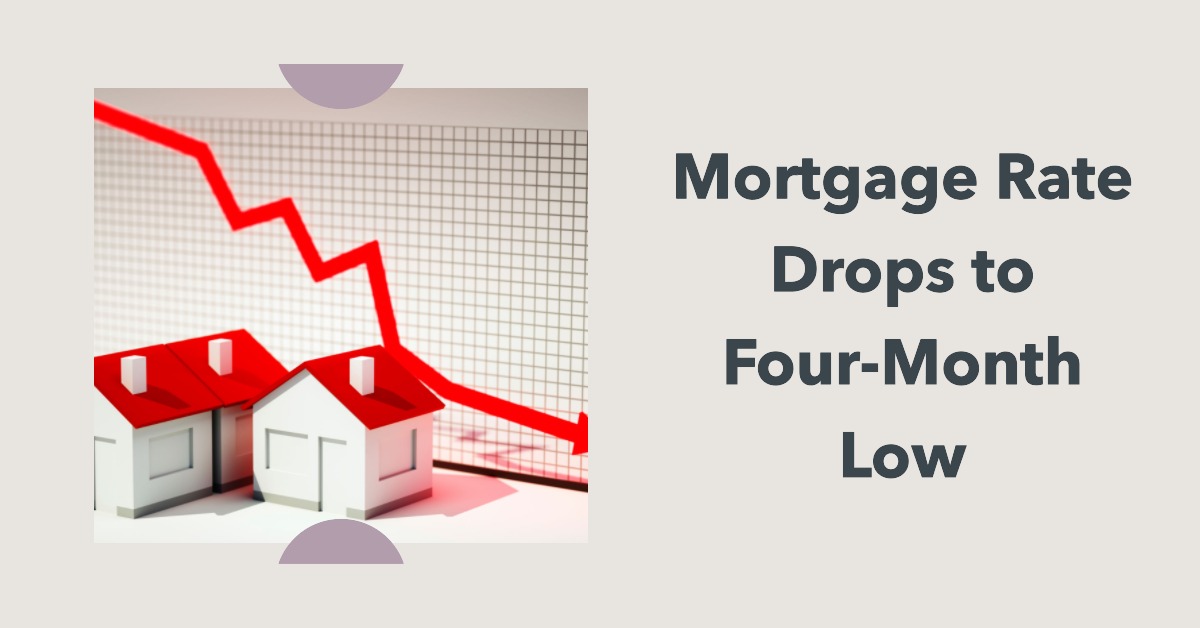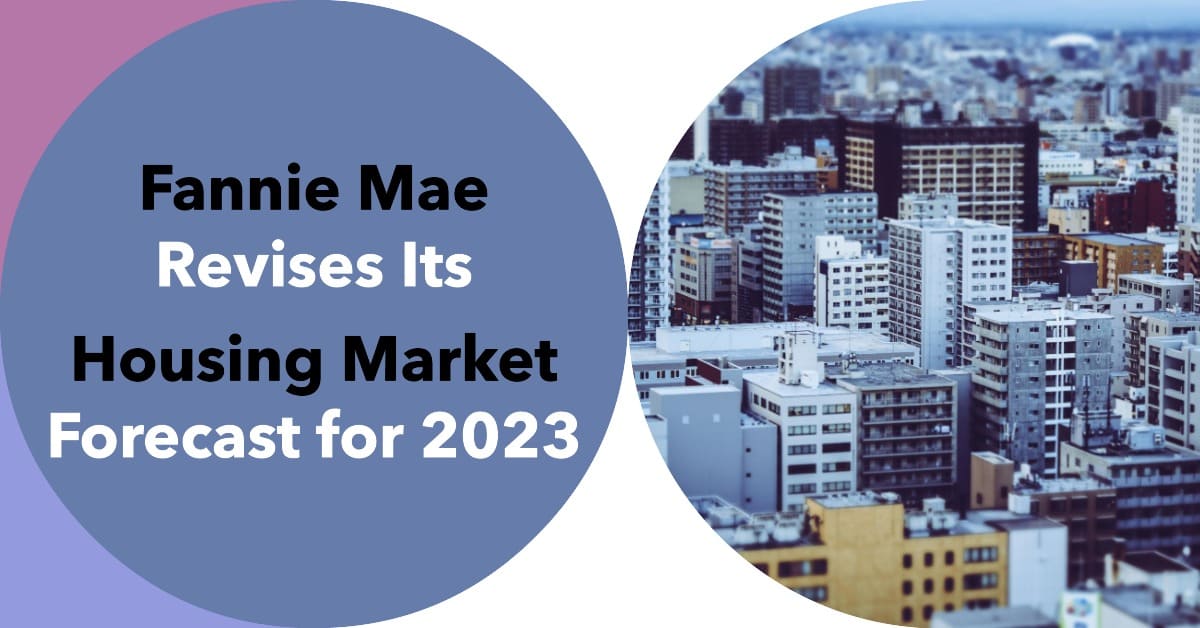The US housing market has shown remarkable resilience in recent months, defying predictions of a downturn. In September, the U.S. CoreLogic S&P Case-Shiller Index increased 3.9% year-over-year, marking the third consecutive month of annual gains following two months of declines. This trend is a testament to the underlying strength of the housing market, supported by factors such as a robust labor market, solid consumer confidence, and limited inventory.
However, the housing market is not without its challenges. Mortgage rates have surged in recent months, reaching their highest levels in over two decades. This has led to a decline in affordability, making it more difficult for first-time buyers to enter the market. Additionally, the ongoing supply chain disruptions have continued to push up the cost of building materials, putting upward pressure on home prices.
Looking Ahead
Experts expect the housing market to continue to moderate in 2024. Home price growth is forecast to slow to around 3%, down from the 5% pace seen in 2023. This deceleration is due to a combination of factors, including rising mortgage rates, slowing economic growth, and a gradual increase in housing supply.
The housing market is expected to remain resilient in 2024. The strong labor market and solid consumer confidence are likely to continue to support demand. Additionally, the limited inventory of homes available for sale is expected to help to prop up prices.
Additional Insights on US Housing Market Trends
- Regional variations: While the national home price growth is slowing down, there are significant regional variations. The West Coast, including San Francisco and Seattle, continues to see strong price gains, while markets in the Midwest, like Detroit and Chicago, are experiencing a resurgence in demand.
- Month-over-month trends: Some West Coast markets, particularly Las Vegas, San Francisco, and Phoenix, recorded the strongest month-over-month price gains in September.
- Price growth expectations: Price trends are expected to continue to vary by region. For instance, Detroit and New York are projected to see robust price growth, while Seattle, Minneapolis, Portland, and Denver are anticipated to experience weaker growth.
Extended Analysis of US Housing Market Trends
- Home sales: Home sales will remain flat in the fourth quarter of 2023 compared to the same period last year, despite rising mortgage rates. This suggests that the market is stabilizing after a period of decline.
- Price growth: Home price growth is expected to slow down in 2024, averaging 3% compared to 3.8% in 2023. However, it is still projected to remain above pre-pandemic levels.
- Drivers of growth: The main drivers of home price growth are low inventory, particularly in the West; the migration of higher-income households; equity-rich baby boomers; and a strong U.S. job market.
- Regional variations: There are significant regional variations in home price growth. Some of the metros that have seen the strongest growth in 2023 include Detroit, New York, Las Vegas, Phoenix, Miami, Tampa, and Charlotte. These are often markets that experienced home price declines in 2022 or lagged in appreciation during the pandemic. In contrast, Seattle, Minneapolis, Portland, and Denver have seen weaker price growth.
- Price tiers: The high-price tier has seen a relatively stronger rebound in September, with a 2.8% annual increase. This may be due to migration trends, with higher-income households moving to areas that are relatively less expensive or have more temperate weather. The low-price tier also saw strong gains in September, with a 3.7% increase. This was led by gains in Miami, Chicago, and Boston.
- Month-over-month trends: The month-over-month comparison of appreciation by price tier and location also reveals relative changes in demand across the country. In September, Las Vegas and Tampa led the gains in the high tier, while Miami, Chicago, and Boston led the gains in the low-price tier.
Overall, the US housing market is expected to remain stable in the near term, with continued home price growth but at a slower pace than in 2023. The main drivers of home price growth are low inventory, migration, demographics, and a strong job market. However, rising mortgage rates are likely to dampen demand and slow price growth in 2024.
Sources:
- https://www.corelogic.com/intelligence/us-corelogic-sampp-case-shiller-index-annual-growth-moves-higher-september/






